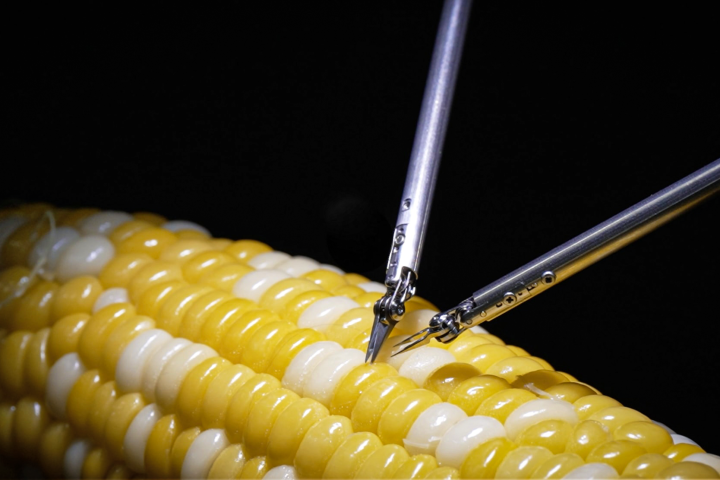ESA's Mars Express orbiter has captured images that may indicate the presence of supervolcanoes on the surface of Mars. If the findings are later confirmed, the existence of these leviathan volcanoes may greatly inform current theories on climate formation, as eruptions from the supervolcanoes could have dramatically altered the Martian global environment.
A supervolcano is essentially a giant volcano capable of spewing forth over 1,000 km³ (240 miles³) of volcanic materials into the surrounding environment, producing avast caldera in the process. A caldera is a broad depression created when the ground collapses as magma withdraws from the surface. A number of scientists now believe that the Siloe Patera "craters" and others like it are actually the remnant of a supervolcano caldera.
These terrifying, world-altering giants exist on Earth as well. The most famous terrestrial supervolcano resides in the Yellowstone National Park. It is believed that any major eruption at Yellowstone could seriously affect Earth's global environment. Whilst the Siloe Patera caldera is smaller than that of Yellowstone, measuring around 40 x 30 km (25 x 19 miles), it and others like it could have played a significant role in environmental evolution.

However, the question must first be answered – how do we know that Siloe Patera isn't just another crater? Ordinarily, volcanoes form steadily, creating the familiar mountain like slope that we have come to expect. Whilst supervolcanoes don't follow this developmental path, there are a number of defining characteristics that can be used to separate the two geological features.
For example, a standard impact crater would boast a raised central point, an uplifted crater wall and an ejecta blanket of debris, all of which Siloe Patera lacks. However, it must be noted that the appearance of some of these features may have been eroded over the course of thousands of years.
Furthermore, the area in which the potential supervolcanoes are found, Arabia Terra, is made up of layered sulphate and clay-bearing materials, which would support the theory that it was once a region that played host to intense volcanic activity. Further observation and study will be needed to ascertain whether the structures are indeed the result of supervolcanoes, or simply eroded craters.
Source: ESA







